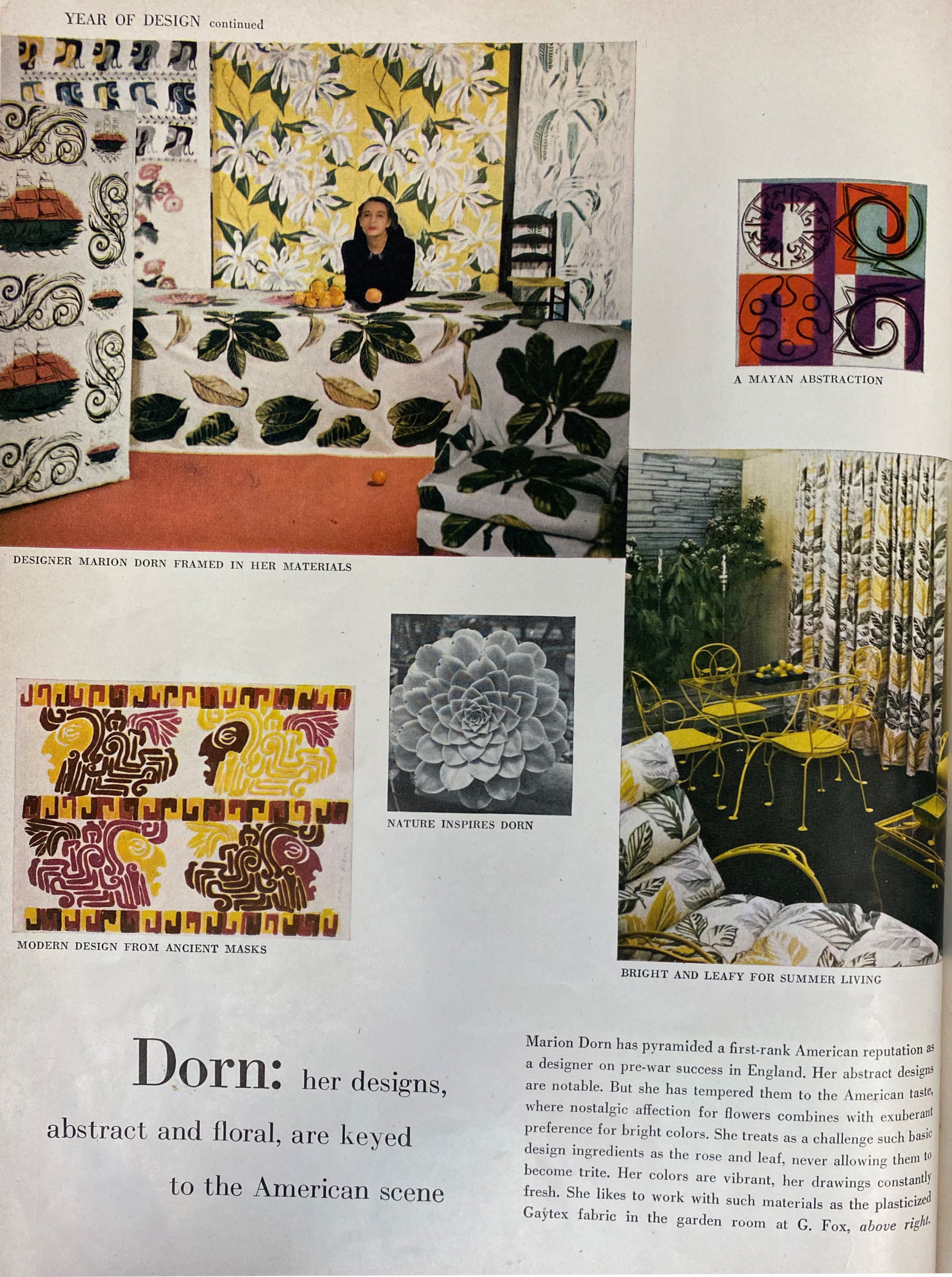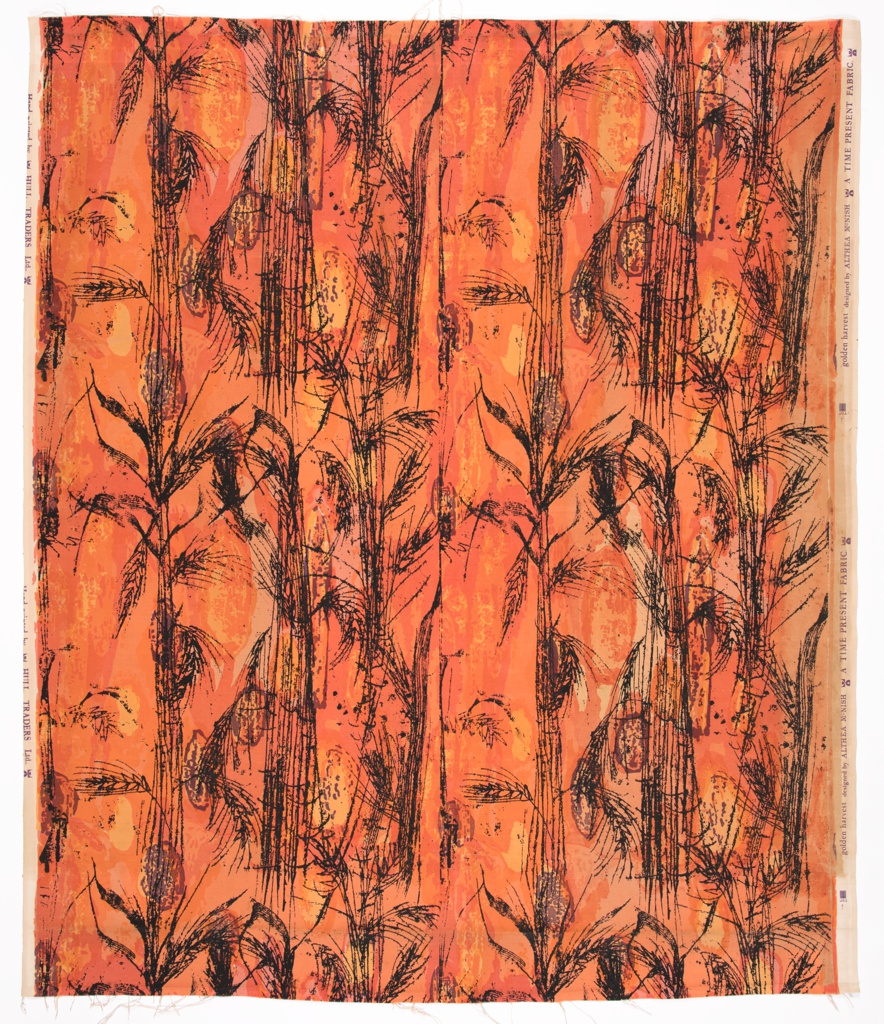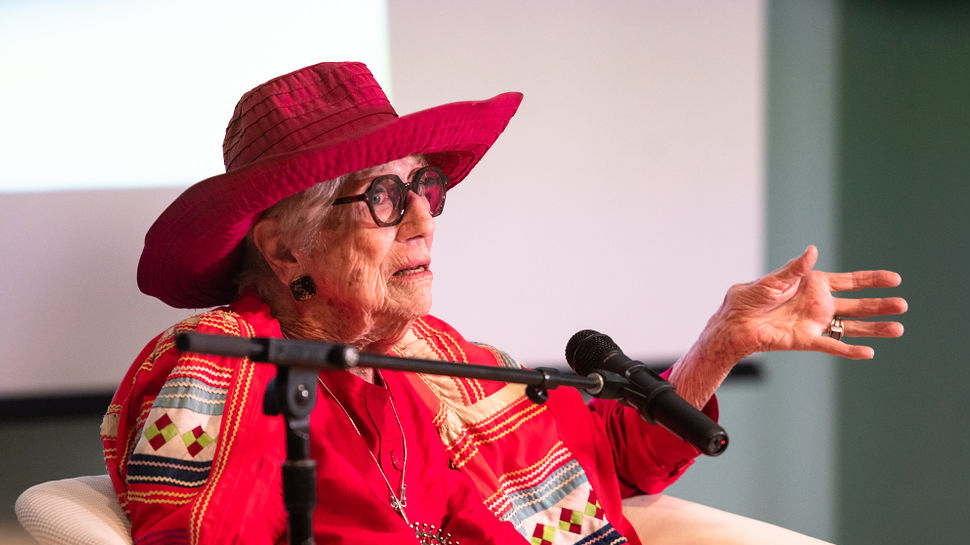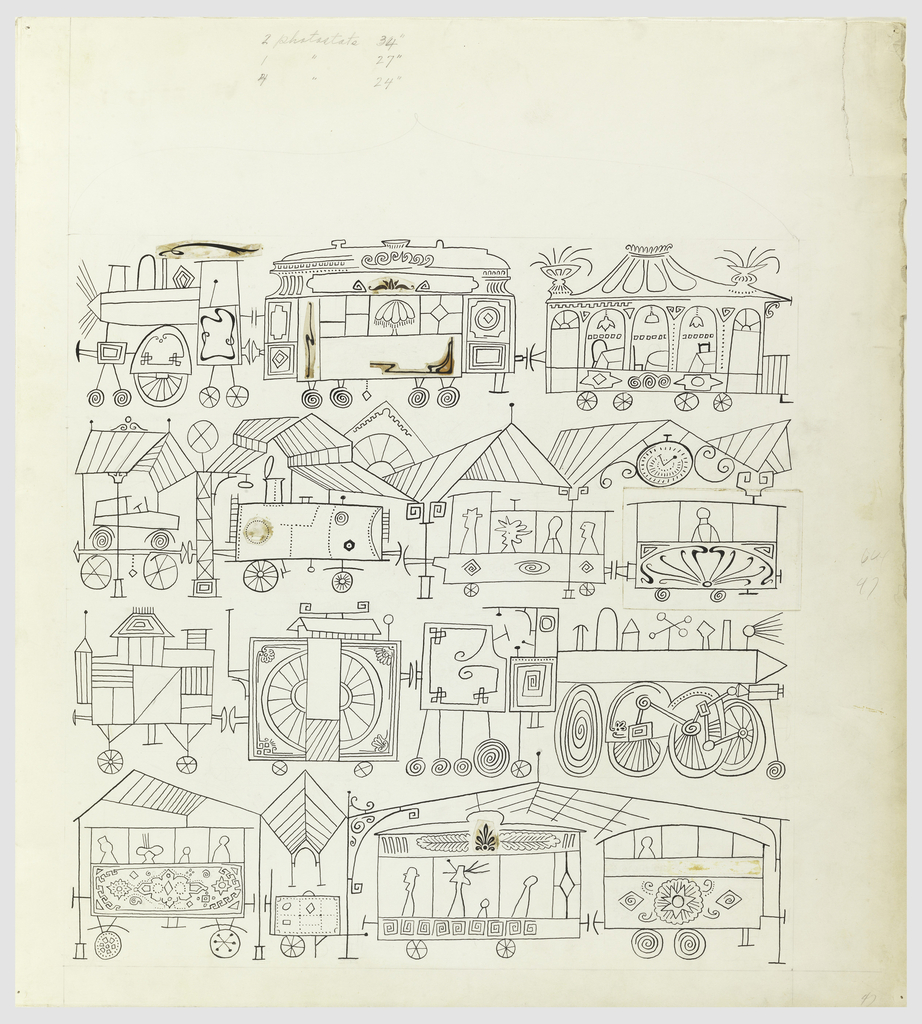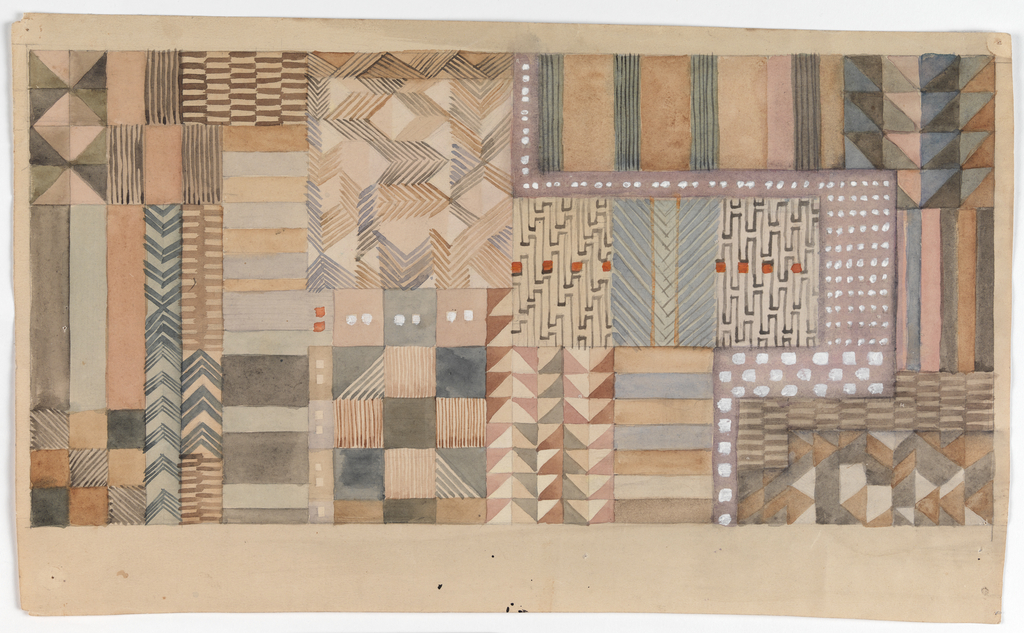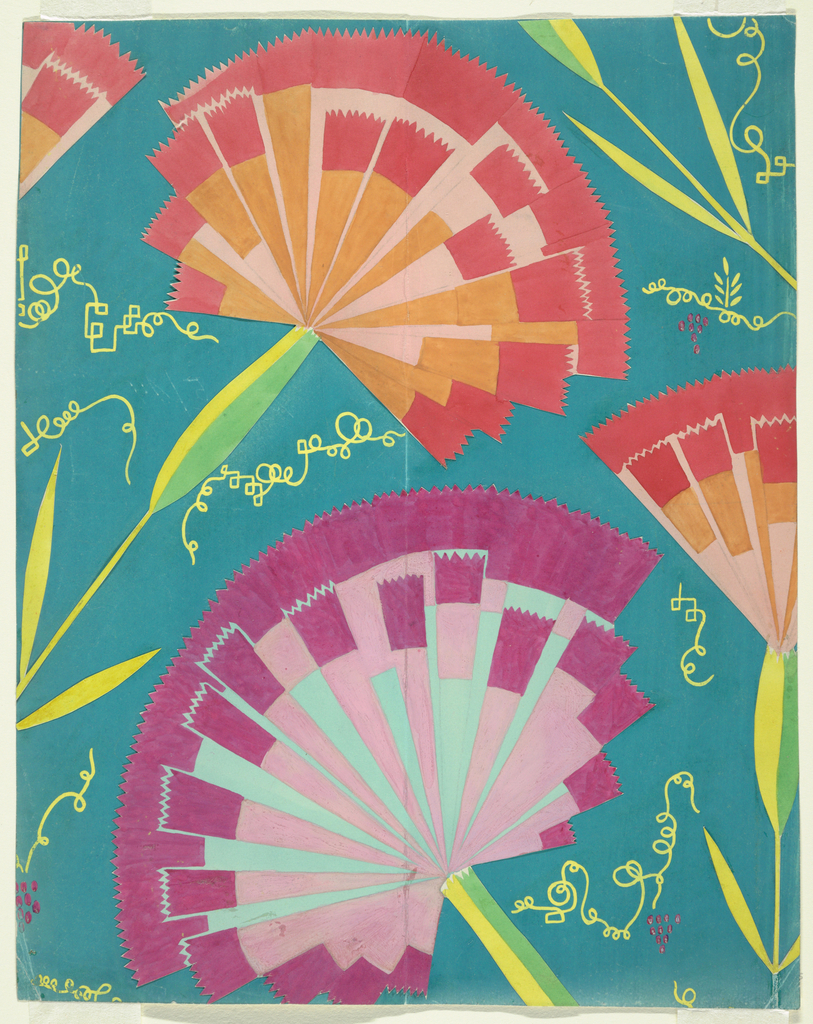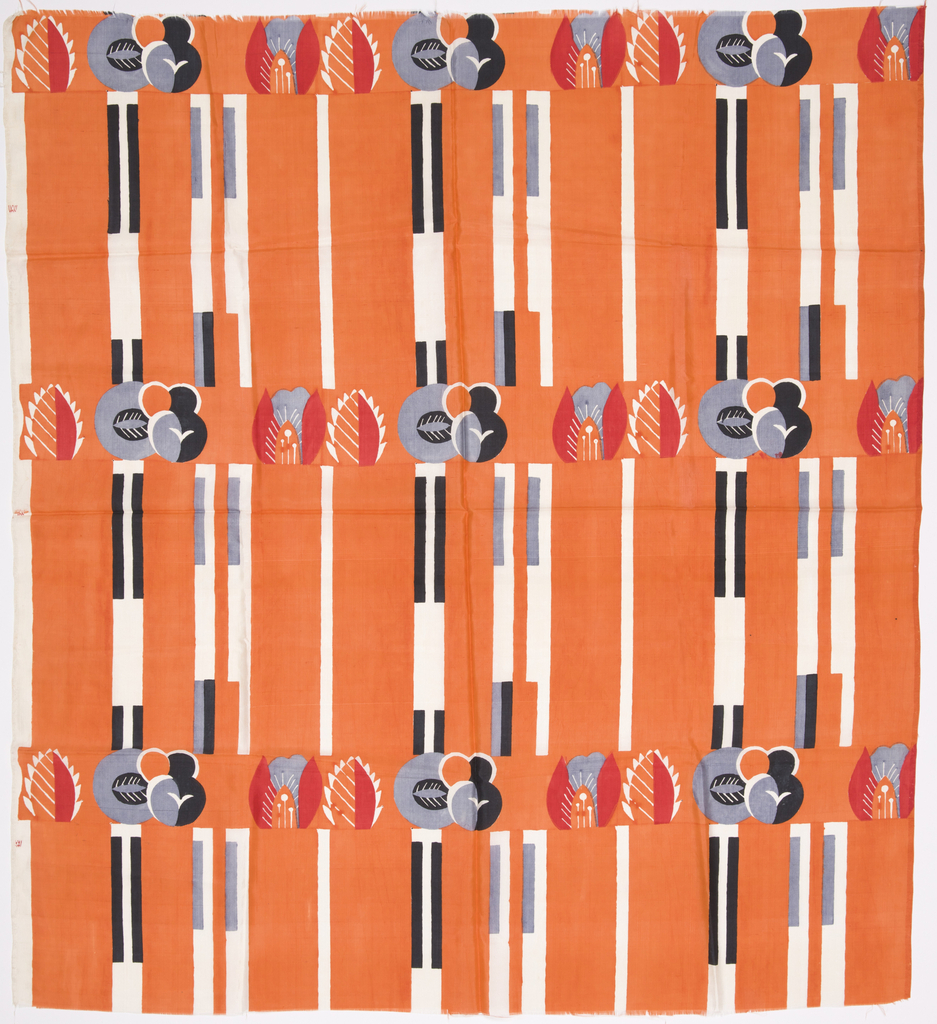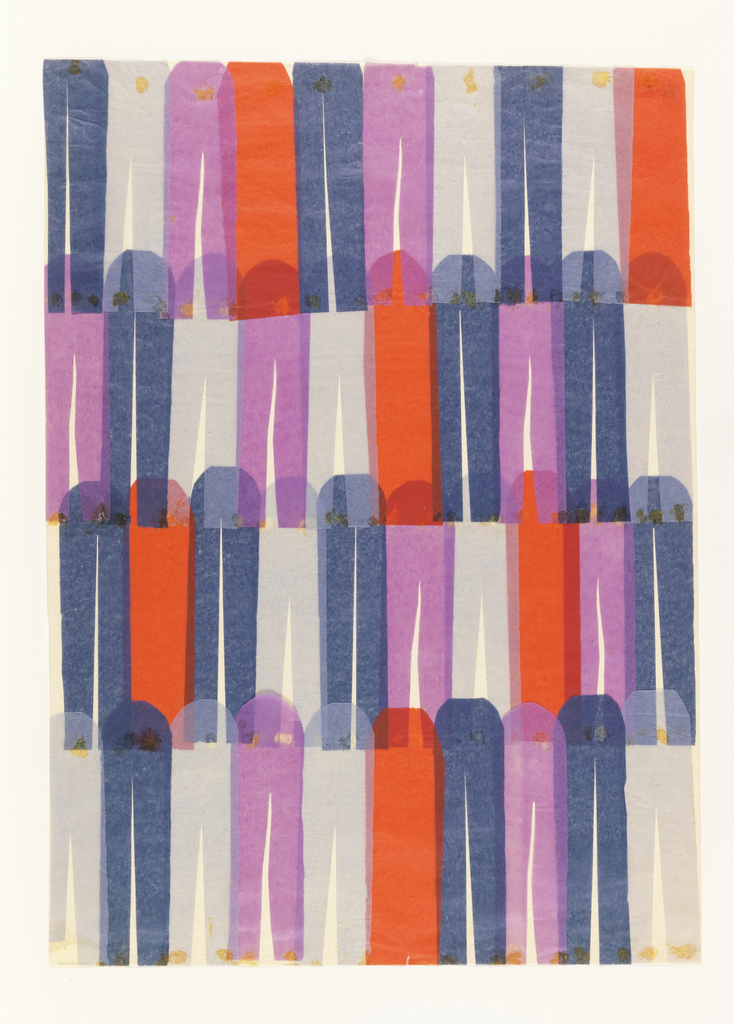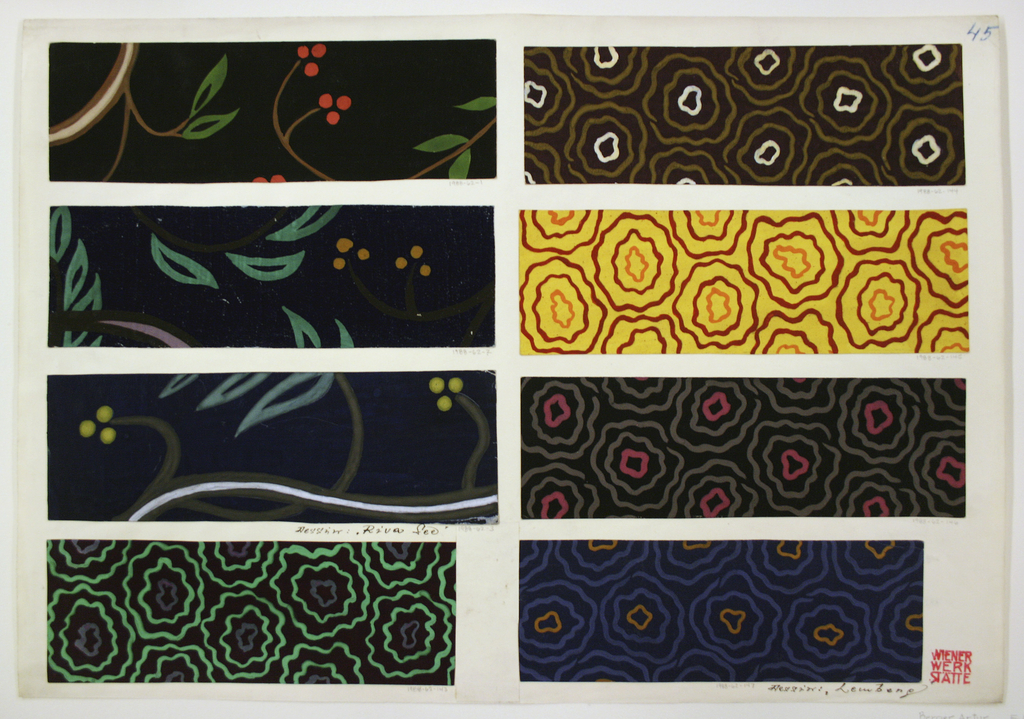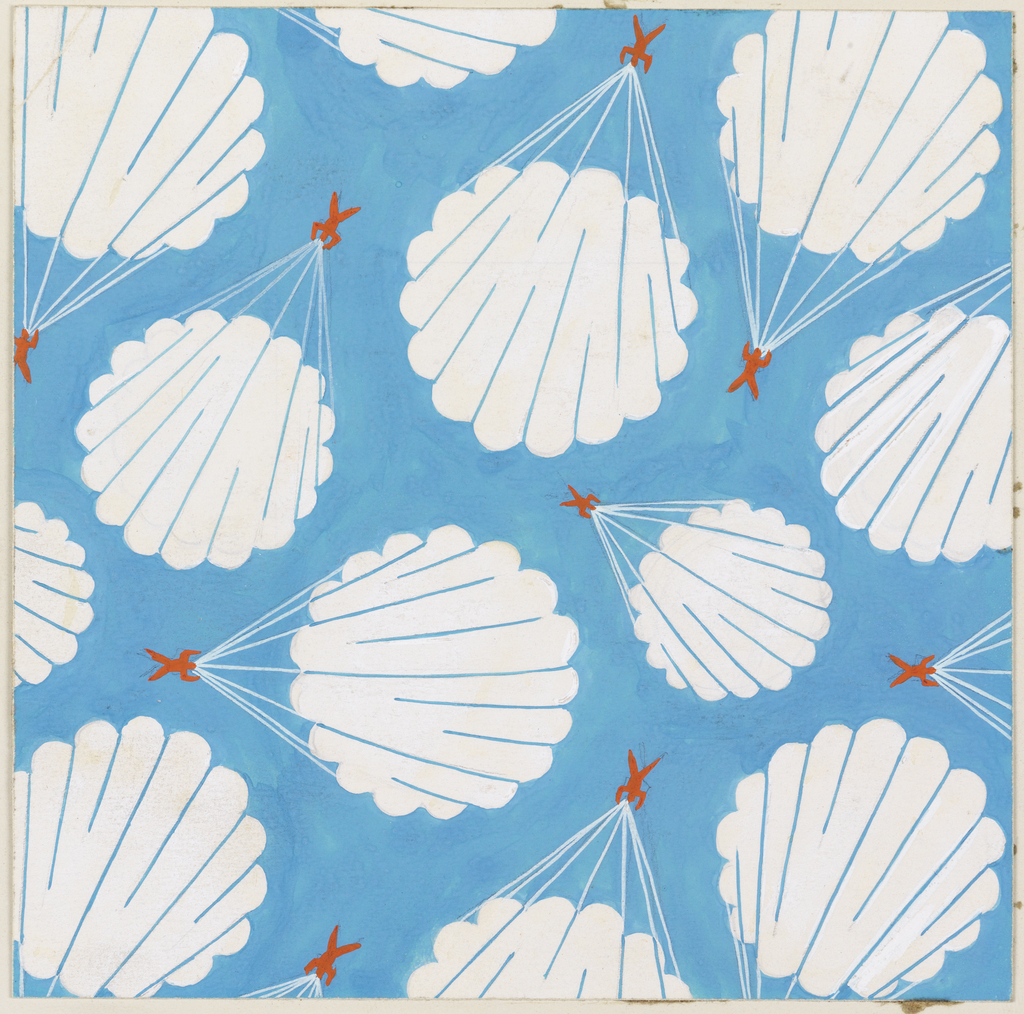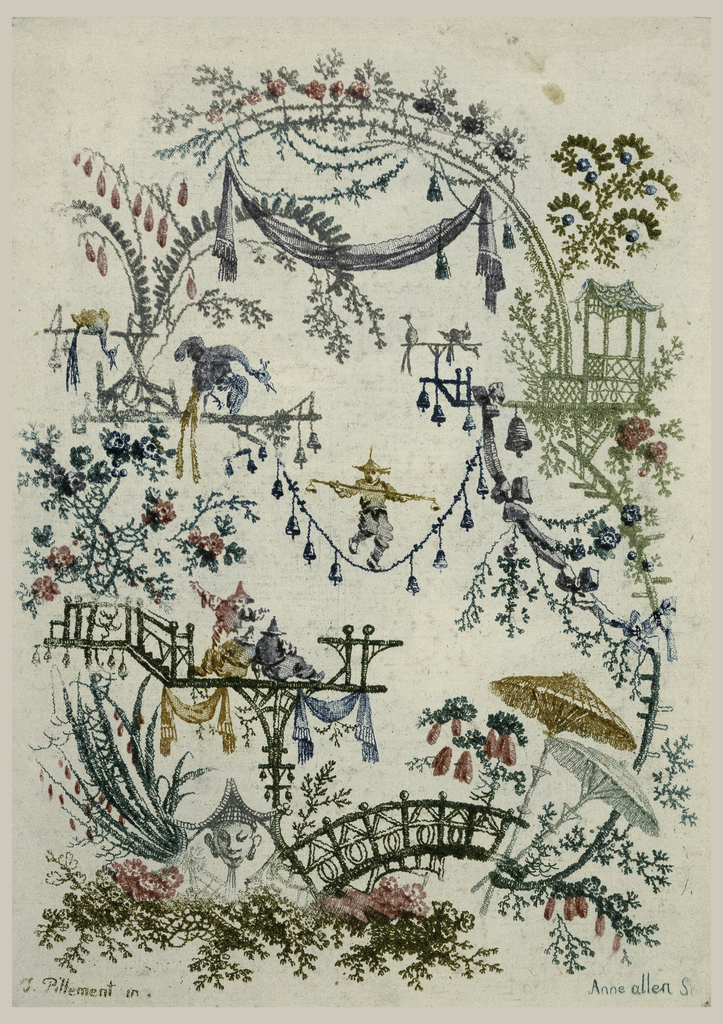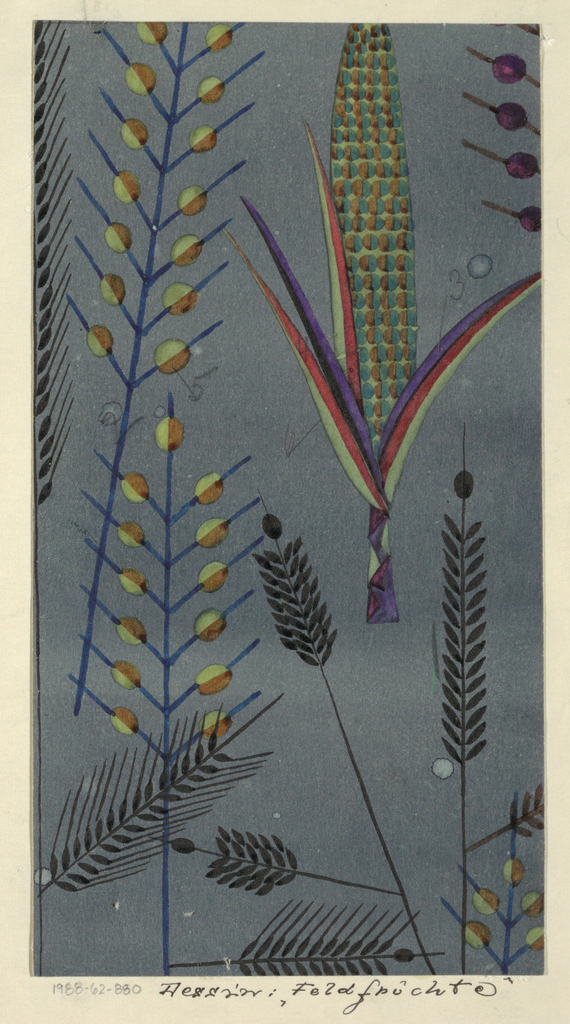American designers Marion V. Dorn and E. McKnight Kauffer returned to New York in 1940 after a long, productive period working abroad in England. Their retreat, spurred by World War II, was a hasty one. Dorn, the more resilient of the pair, spent much of the 1940s re-establishing her career, even briefly designing scarves for...
Althea McNish (1924–2020) was one of the first Black women designers to receive international recognition for her achievements in design. Her textile Golden Harvest marks the beginning of a remarkable career for an under-recognized pioneer of 20th-century textile design.
Louise Sandhaus, co-author of A Colorful Life: Gere Kavanaugh, Designer in conversation with design legend Gere Kavanaugh. They discuss the breadth of Kavanaugh’s expansive contributions to design over the last seven decades, in a career that covered everything from flamboyant textiles to unique furniture, playful products, vibrant interiors, and so much more. This program is...
Born in Romania in 1914, Saul Steinberg once described himself as “a writer who draws.”[1] Steinberg fled Europe in 1941, settling in New York City by 1942. While living in the United States, he traveled widely and observed the world around him in a highly whimsical style with an eye toward criticism and satire. Steinberg’s...
In celebration of Women’s History Month, March Object of the Day posts highlight women designers in the collection. Adelgunde “Gunta” Stölzl was one of the most successful women designers connected with the Bauhaus, the school founded in 1919 by the German architect Walter Gropius. The mission of the Bauhaus was to integrate art, design, and craft...
Author: Rachel Pool Purpurnelke (Purple Pink) is a textile design made from cut paper and gouache. It features entangled grapevines set amongst boldly-colored flowers that resemble Japanese fans, combined in a striking pattern indicative of non-Western influence. The designer Felice Rix-Ueno (Austrian, 1893–1967) created the blossoming flowers and their straight stems from cut paper; the...
Mathilde Flögl was a prolific and multi-disiplinary designer at the Wiener Werkstätte. Her experience as a graphic designer translated well for much of the surface design she executed in wallcoverings, glass, ceramics and textiles. She created ceramic figurines, assisted Josef Hoffmann with the ornamental elements in his metal work and interiors, and designed lace patterns...
“Sharp, brilliant colors skillfully combined or used with neutral tones provide excitement in an extensive collection of textiles introduced by Herman Miller Company…” describes the New York Times writer Betty Pipes of Alexander Girard’s debut textile collection in 1952.[1] Girard was a European trained architect who came to prominence in Detroit, where he established an...
As part of a large collection of nearly 1,500 design drawings produced for the textiles and fashion departments of the Wiener Werkstätte (Viennese Workshops), this selection of gouache on paper textile designs range in date from 1916-18. The three colorways (1988-62-1, 1998-62-2, 1988-62-3) of “Riva See” (“Lake Riva”), a delicate trefoil berry pattern on...
LIFE magazine deemed him as a “dressmaker in silver” in 1939, but Tommi Parzinger was an incredibly versatile designer, celebrated for his furniture, wallpaper, packaging and textiles.[1] Parzinger designed furnishings for socialites, decorators, and celebrities like Marilyn Monroe and the Rockefellers and he established himself as a man about town in the glamorous circles of...
At first glance, this design drawing for the tapestry Our Mountains by Trude Guermonprez (American, b. Germany, 1910–1976) may appear to be a simple mountain landscape. A closer look reveals that the cool blue-green peaks and valleys are actually formed by three reclining faces in profile. In the background, the face of Guermonprez’s husband John...
What is the importance of being able to place a name upon the things we create? Perhaps it gives one the ability to become more than just a faceless member of a crowd, to leave behind a mark of what they have made. Historically, women have often remained nameless with the things they create. This is...
A cob of dizzyingly technicolored corn shoots to the top of Felice Rix-Ueno’s textile design Feldfruchte: Steel with Indigo and Brown. Sheaves of wheat and grains float around the bright maize. As summer draws to a close, few foods resonate more than corn, sweet and sun-ripened in the hazy days of August. Rix-Ueno’s title draws...
In the aftermath of World War II, a number of textile producers attempted to revitalize the industry by enlisting recognized personalities in art and architecture to design screen prints. “Perhaps the most outstanding name collection is Stimulus Fabrics produced by Schiffer Prints,” Alvin Lustig wrote in American Fabrics Magazine in 1951. “There was not a...
Two breakthrough Finnish designers from Beauty—Cooper Hewitt Design Triennial discuss their explorations of design, memory, and making with Triennial curator Andrea Lipps. Tuomas Markunpoika made his piece Engineering Temporality to honor his grandmother, who suffered from Alzheimer’s disease. He welded steel rings over a traditional wooden cabinet and then burned away the wood, leaving behind...
